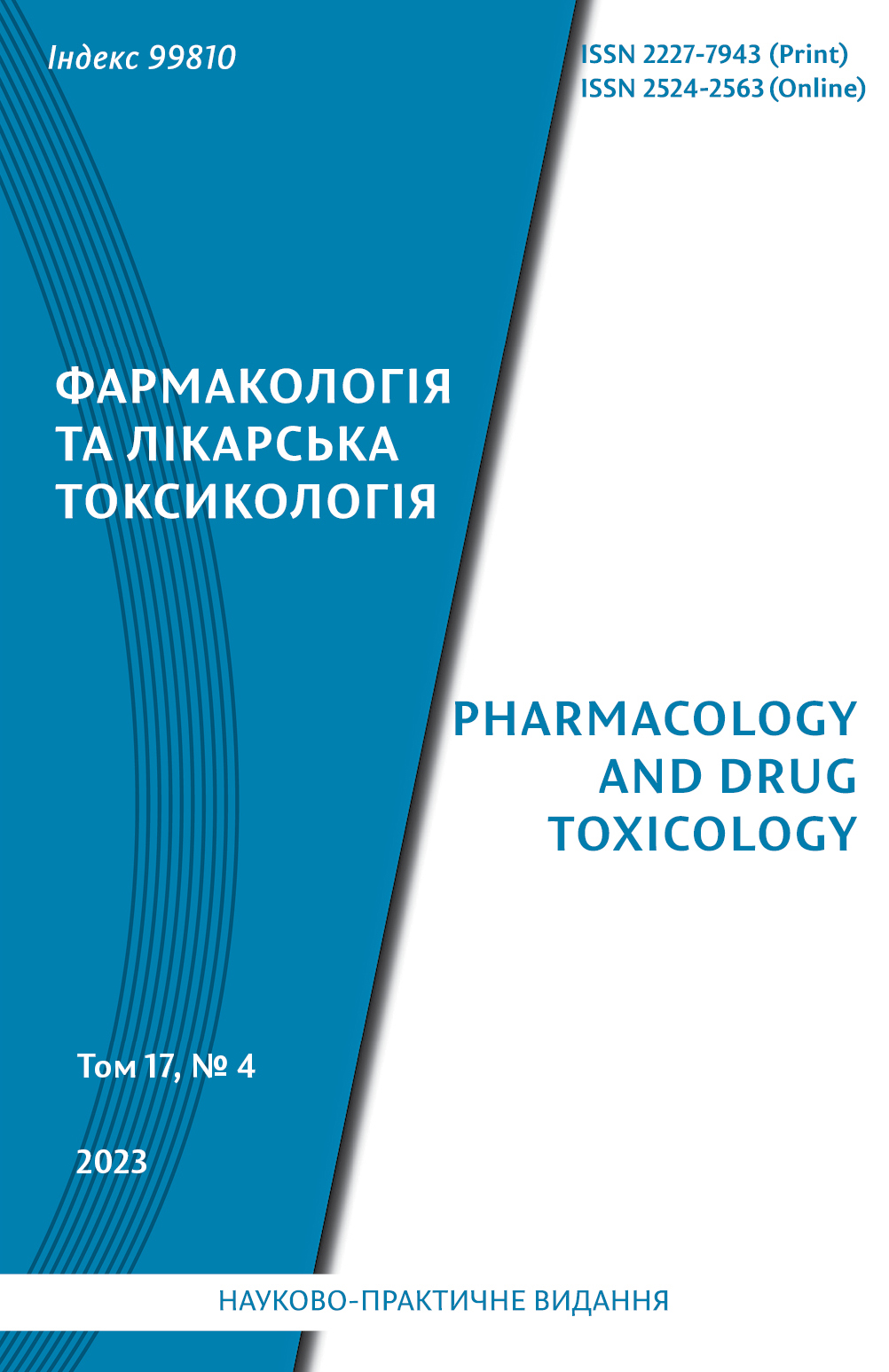Abstract
In the last decade, researches as to the molecular mechanisms underlying the development of undesirable side effects of non-steroidal anti-inflammatory drugs (NSAIDs) have evolved from the suppression of gastroprotective prostaglandin secretion to intricate molecular mechanisms of immune response transformation, epigenetic influences and structural alterations in the molecular structure of functionally active molecules. In this context, there is of scientific interest the molecular mechanisms of NSAID-induced side effects related to their interaction and potential impact on TL-4 receptors. The basis of the hypothesis is supported by some studies that have identified the ability of NSAIDs, especially non- selective ones, to induce oxidative and nitrosative stress (due to prolonged inhibition of all isoforms of cyclooxygenase and the imbalance of prostaglandins E2 and F2α) in the gastrointestinal tissues during their prolonged use, leading to TLR4 hyperactivation.
The aim of the study was to evaluate the impact of long-term administration of indomethacin, diclofenac, acetylsalicylic acid, and meloxicam on the expression of TL-4 receptors in the intestine, markers of protein oxidative damage (nitrotyrosine) and nucleic acids (8-hydroxydeoxyguanosine), and marker of intestinal damage (fecal calprotectin).
50 laboratory rats weighing 250–400 g were divided into five experimental groups (10 animals each) as follows: 1st group – control, receiving daily 0.9% sodium chloride solution for 3 months, 2nd group – rats receiving daily indomethacin for 3 months at a dose of 0.6 mg/kg, 3rd group – rats receiving daily diclofenac for 3 months at a dose of 0.6 mg/kg, 4th group – rats receiving acetylsalicylic acid daily for 3 months at a dose of 0.6 mg/kg and 5th group – rats receiving meloxicam daily for 3 months at a dose of 0.1 mg/kg. TLR4 expression, 8-hydroxydeoxyguanosine and nitrotyrosine concentration in the intestinal tissue, and fecal calprotectin content were investigated using the ELISA method.
Long-term administration of NSAIDs, especially indomethacin and diclofenac, to laboratory rats led to hyperexpression of TLR4 along with a significant increase in the concentration of 8-OHdG and nitrotyrosine in the intestinal tissues. Acetylsalicylic acid and, particularly, meloxicam contributed to a less pronounced effect. Analysis of fecal calprotectin content in the experimental animals showed a significant increase when acetylsalicylic acid was administered (by 1.8-fold compared to the control group), indomethacin, and diclofenac (by 7.7-fold and 7.0-fold). Additionally, a high positive correlation was found between the concentration of fecal calprotectin in animals receiving acetylsalicylic acid, diclofenac, and indomethacin with TLR4 expression (r = 0.7, p < 0.0001; r = 0.91, p < 0.0001; r = 0.9, p < 0.0001), concentrations of 8-OHdG (r = 0.8, p < 0.0001; r = 0.85, p < 0.0001; r = 0.84, p < 0.0001) and nitrotyrosine (r = 0.88, p < 0.0001; r = 0.75, p < 0.0001; r = 0.89, p < 0.0001). Meloxicam contributed to a less pronounced effect on all the investigated parameters, which can be attributed, by some extent, to its selectivity for the COX-2 isoform.
